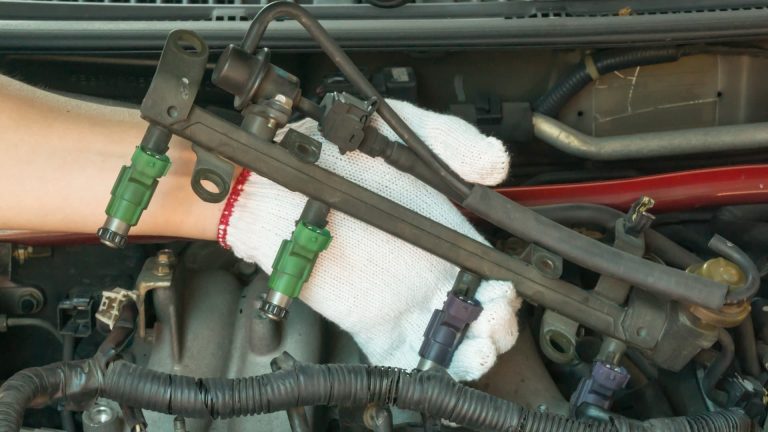Modern vehicles rely heavily on sensors to ensure smooth and efficient performance. One of the most crucial components is the fuel pressure sensor, which monitors the fuel pressure inside the fuel rail and communicates with the engine control unit (ECU). This helps regulate the amount of fuel delivered to the engine, maintaining the perfect balance of air and fuel for combustion.
When a fuel pressure sensor starts failing, it can cause a variety of issues that affect your car’s performance, fuel economy, and even safety. Knowing the warning signs early can help you avoid costly repairs and breakdowns. In this article, we’ll explore the top signs that your fuel pressure sensor needs replacement.
1. Check Engine Light Turns On
One of the most common signs of a failing fuel pressure sensor is the check engine light appearing on your dashboard. Since the sensor communicates with the ECU, any irregularities in readings will trigger the light. While many issues can cause this warning, a faulty fuel pressure sensor is often among the culprits and should be diagnosed promptly.
2. Difficulty Starting the Vehicle
A bad fuel pressure sensor can disrupt the correct amount of fuel being delivered to the engine. This often leads to hard starts or the engine cranking longer than usual before it turns on. In some cases, the car may fail to start at all if the fuel pressure data being sent to the ECU is inaccurate.
3. Poor Fuel Economy
If you notice your vehicle consuming more fuel than normal, it could be due to a faulty fuel pressure sensor. When the sensor fails, it may signal the ECU to inject either too much or too little fuel. Excessive fuel consumption is a clear indicator that the sensor isn’t doing its job properly.
4. Engine Stalling or Hesitation
A failing fuel pressure sensor can cause inconsistent fuel delivery, which may result in your engine stalling unexpectedly, especially while idling. You might also notice hesitation or surging while driving, particularly during acceleration. This happens when the ECU receives inaccurate pressure readings and adjusts fuel injection incorrectly.
5. Reduced Engine Power
A malfunctioning fuel pressure sensor often limits your engine’s performance. You may notice a loss of power, sluggish acceleration, or poor responsiveness when pressing the gas pedal. This can be particularly dangerous when merging onto highways or overtaking other vehicles.
6. Black Smoke from the Exhaust
If the sensor incorrectly signals the ECU to inject too much fuel, the excess will burn inefficiently and produce black smoke from the exhaust pipe. This is a clear sign that your fuel-to-air mixture is too rich, often caused by inaccurate pressure readings.
7. Strong Fuel Smell
Another sign of a bad fuel pressure sensor is a strong smell of fuel coming from the exhaust or around the vehicle. This happens when too much fuel is being injected into the combustion chamber, leading to incomplete burning and leakage of unburned fuel.
8. Misfires and Rough Idling
Irregular fuel delivery caused by a faulty fuel pressure sensor can also lead to engine misfires. You may feel vibrations or rough idling when the car is stationary, as the engine struggles to maintain the right air-fuel ratio.
Why Replacing a Faulty Fuel Pressure Sensor Matters
Ignoring the signs of a failing fuel pressure sensor can lead to:
- Reduced fuel efficiency and higher running costs
- Increased emissions and potential environmental harm
- Engine damage due to incorrect fuel-air mixture
- Unsafe driving conditions, especially during acceleration or high speeds
Replacing the sensor promptly ensures your car runs efficiently, safely, and economically.
Final Thoughts
The fuel pressure sensor may be a small component, but it plays a vital role in keeping your vehicle’s performance in check. If you’ve noticed any of the symptoms mentioned above — from poor fuel economy to engine stalling or black exhaust smoke — it’s likely time to have your sensor inspected and replaced.
By addressing the issue early, you’ll not only save money on repairs but also keep your car running smoothly and safely on the road.

